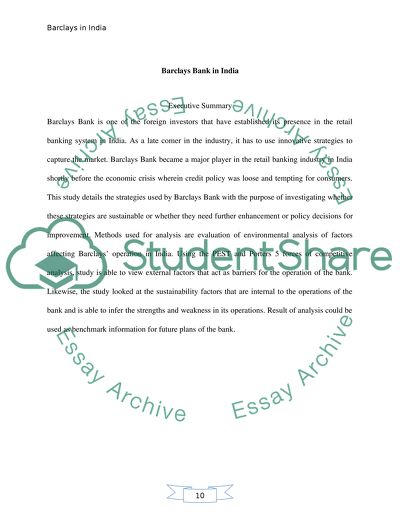Cite this document
(“Business report of Barclays in India Essay Example | Topics and Well Written Essays - 2000 words”, n.d.)
Retrieved from https://studentshare.org/environmental-studies/1412997-business-report-of-barclays-in-india
Retrieved from https://studentshare.org/environmental-studies/1412997-business-report-of-barclays-in-india
(Business Report of Barclays in India Essay Example | Topics and Well Written Essays - 2000 Words)
https://studentshare.org/environmental-studies/1412997-business-report-of-barclays-in-india.
https://studentshare.org/environmental-studies/1412997-business-report-of-barclays-in-india.
“Business Report of Barclays in India Essay Example | Topics and Well Written Essays - 2000 Words”, n.d. https://studentshare.org/environmental-studies/1412997-business-report-of-barclays-in-india.


